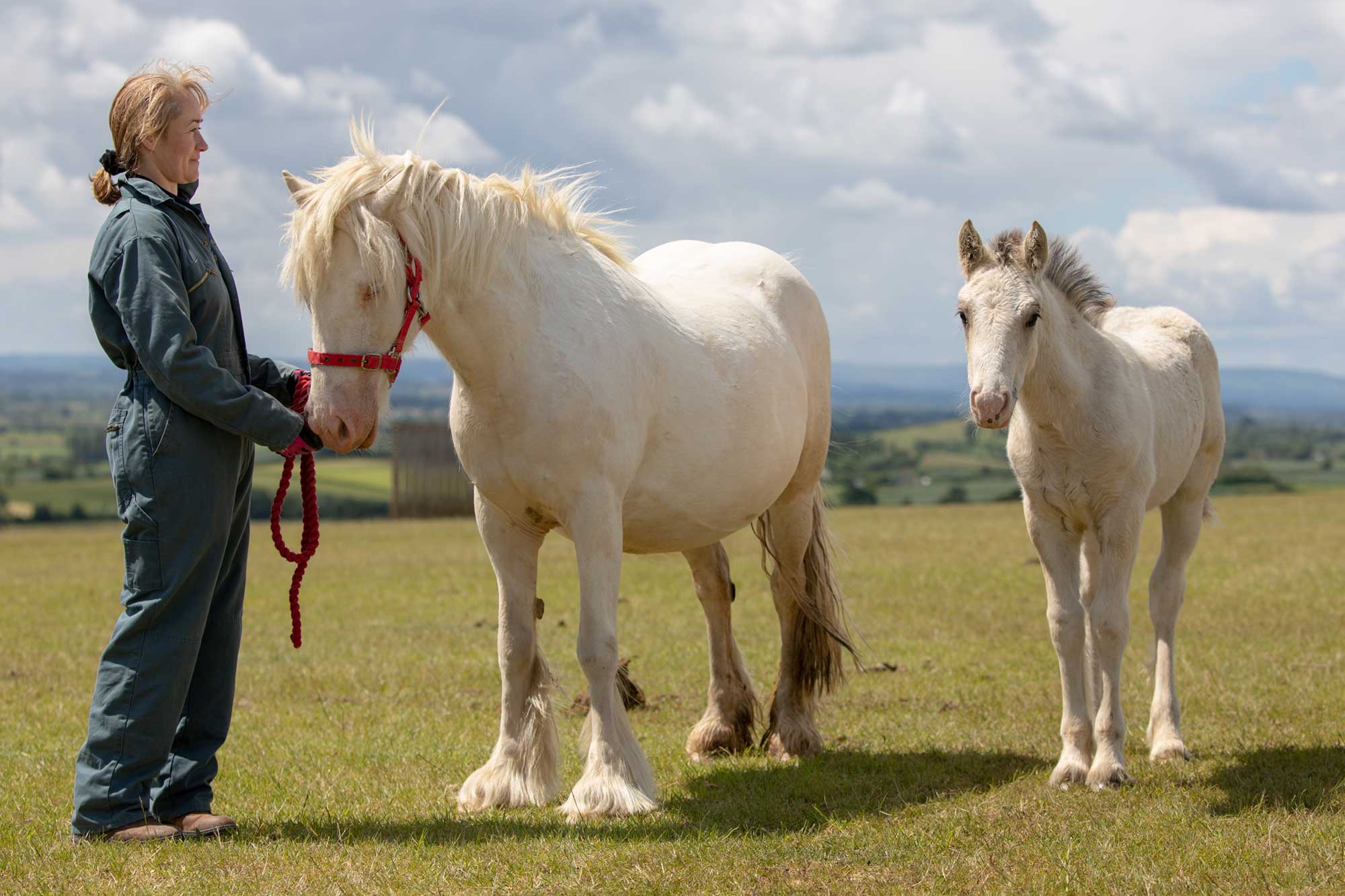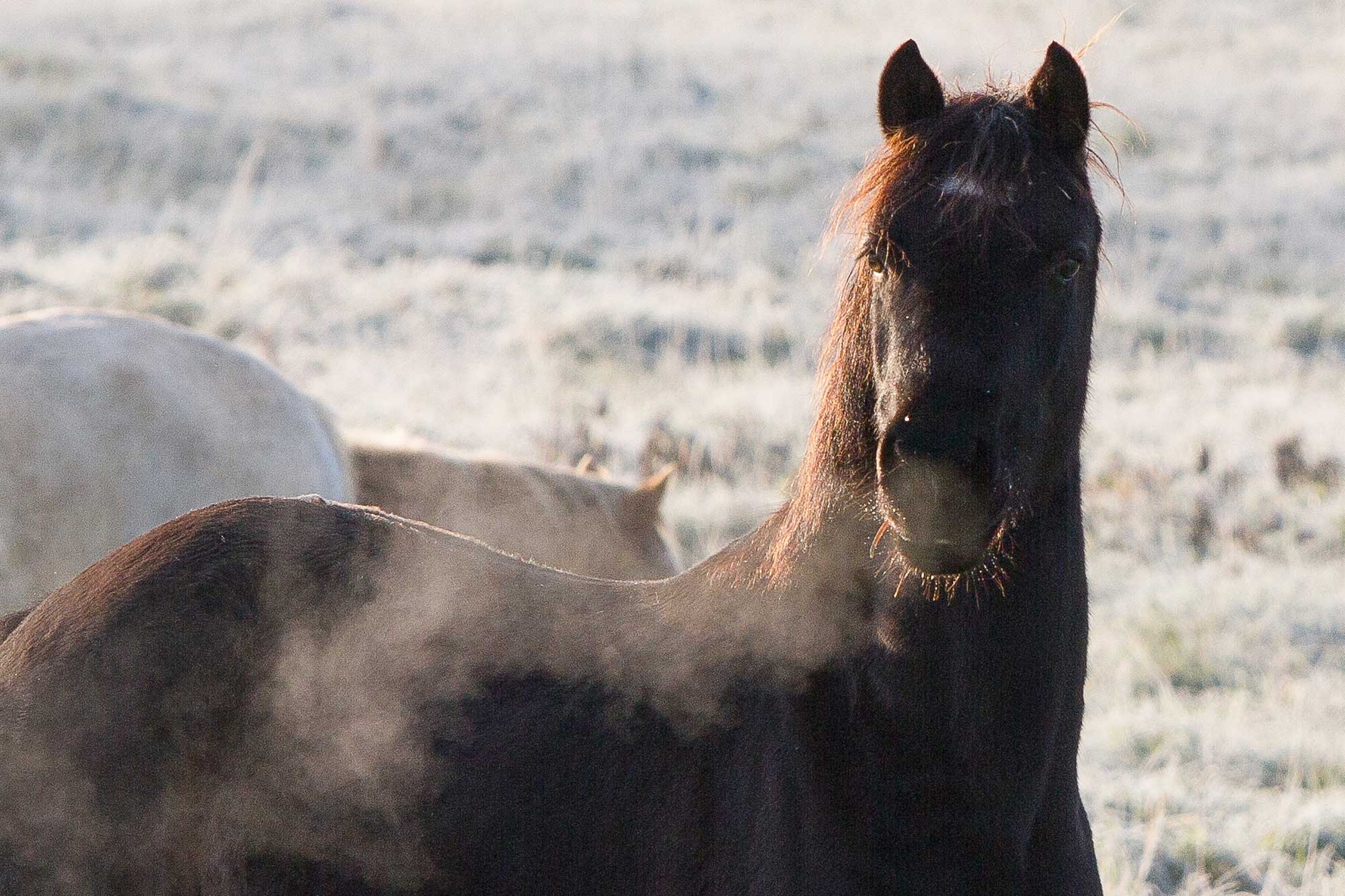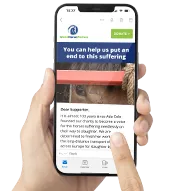What does biosecurity mean and how do you quarantine a new horse?
Research and Education Officer Alana Chapman shares simple steps you can take to prevent an outbreak of disease on your yard.
Posted on 07/09/2020

What is biosecurity?
So what exactly IS biosecurity? It might sound daunting but actually it’s just simple, everyday horse care. With horse riding becoming ever more popular in the UK our horses are moved, whether for training, competition or a fun day out, more often than ever before (well, when we’re not in lockdown!) and this means they’re potentially exposed to disease more frequently as a result, so it’s really important for us all to be aware of what steps we should be taking to reduce any risk.
At our Rescue and Rehoming Centres, we’re very aware of the potential disease impact of new arrivals given how frequently we take groups of horses in, often from very poor welfare situations. We prevent outbreaks of infectious disease by ensuring all new arrivals – and horses returning to our care having been out in homes – are quarantined in our isolation units.
Whilst in quarantine, horses are kept separate from all horses other than those they came in with – which means this can be a tough time for both the horses and their handlers. Stress levels can be reduced by making sure a horse in quarantine on their own can at least see other horses, even if they can’t touch them. Horses in quarantine have their own separate equipment and their handlers are careful to wash their hands and use protective overalls (changing your clothes would also work) to make sure they don’t spread anything to other horses.
Horses coming into our farms are all closely monitored for signs of for infectious diseases and tested for strangles before they are able to come out of quarantine. Whilst you might not choose to undertake testing with a new horse coming onto your yard, it is crucial to carry out regular checks during their quarantine period such as monitoring their temperature, pulse and respiration (breathing) rate for any signs of illness (helpful videos below if you’re not sure how to do any of these!). If you do notice any concerning signs, you can then contact your vet and get on top of the situation quickly.
Our own horses and ponies all have continual daily health checks, including assessing for any signs of disease, and any concerns are immediately flagged. This means we can then quarantine the individual horse or group of horses, if necessary, to make sure that nothing spreads to other fields of horses.
How should you quarantine a new horse?
Research suggests that biosecurity is generally better on yards which have experienced an outbreak of disease – perhaps unsurprisingly, since nobody who’s experienced the stress of an outbreak of disease wants to go through it again! However, taking simple steps such as quarantining all new arrivals for three weeks really can make a huge difference. We know not everyone has the luxury of an entirely separate unit but you can quarantine incoming horses in a paddock by themselves, so long as they can’t touch other horses over the fence and all water troughs and hay feeder are not shared.
If the newcomer needs to be stabled, make sure there’s at least an empty box between them and any other horses – on both sides unless there is an end stable available. It’s really tempting to go and give a new horse a cuddle, so it can be well worth putting up barriers or signs to make sure people know not to greet the new arrival until after their quarantine period.
Do remember to make sure no kit is shared between horses until the newcomer is out of quarantine– perhaps marking it out clearly if there’s any danger someone else might use it by mistake. Ideally any equipment that comes into direct contact with one horse, such as brushes or tack, shouldn’t be shared with another, especially if one or both horses are regularly going out to competitions or coming into contact with horses from different yards. Another easy trick is that if you’re caring for more than one horse, make sure you do the quarantined horse last whilst they’re still in isolation.
We’ve also found that a lot of horse owners are not confident about taking their horse’s temperature, pulse and respiration (breathing) rates so if you’d like some guidance on these do check out our videos below.
How to take a horse’s temperature
How to take a horse’s pulse
How to take a horse’s respiration (breathing) rate
Keeping your horse safe when out and about
For many of us, getting out and about with our horses is all part of the fun. Whether it is to a local dressage competition, a day out to the beach with friends or to a major event there are a few simple things we need to bear in mind. Do not allow your horse to come into direct nose-to-nose contact with any other – as this is one of the quickest ways certain diseases can spread. Avoid letting your horse drink from a communal water source – bring your own buckets – and try not to let your horse graze in areas that other horses have access to.
Key points to remember to prevent a disease outbreak on your yard
- Quarantine all new arrivals
- Keep vaccinations up to date
- Know your horse’s normal temperature, pulse and respiration rate
- Don’t let unknown horses come into direct contact with yours when out and about
- Don’t share equipment between horses – if you have to, disinfect what you must use
Biosecurity sounds like a big word, but it really is simple, everyday horse care and little things really can make a difference – and ultimately it’s totally worth taking easy steps to prevent the stress and heartache of an outbreak of disease on your yard.
For more information on biosecurity please see our advice page on disease prevention.
If you have questions or would like further advice on how to prevent an outbreak of disease on your yard, please do give us a call on +441953 497238 in office hours and our team will be happy to help.
Topics
Related Blog Posts

Plan for an emergency when you’re not around – help us to help your horse
Deputy Chief Field Officer Jon Phipps has top tips for owners on making plans just in case your horse injures themselves when you’re not there.

How to help a needle-shy horse overcome their fear
Grooms Amy and Emily explain how they work with horses who are nervous with needles before a visit from the vet.
Recommended News Articles

Equestrians, politicians, academics and a zookeeper set to explore the world ‘Through the horse’s eyes’
Our 2025 Conference will take place on 21st November, welcoming speakers and attendees from around the globe.

Coronavirus advice
Updated 5th January 2021: How to look after your horse during the current restrictions

World Horse Welfare statement in response to Charlotte Dujardin’s provisional suspension
"We know that a successful future for horse sport has public trust at the centre of it..."
Enjoy reading stories like this?
Join over 65,000 other horse lovers and sign up for our email newsletter

Join over 65,000 other horse lovers and sign up for our email newsletter
Sign me up now